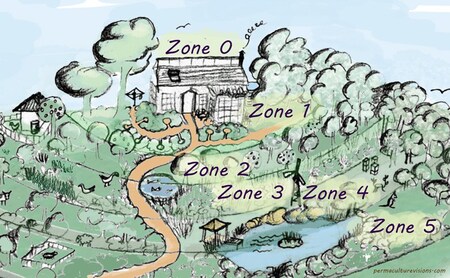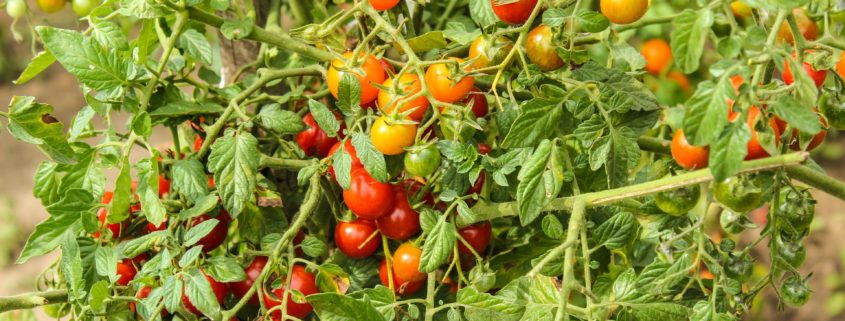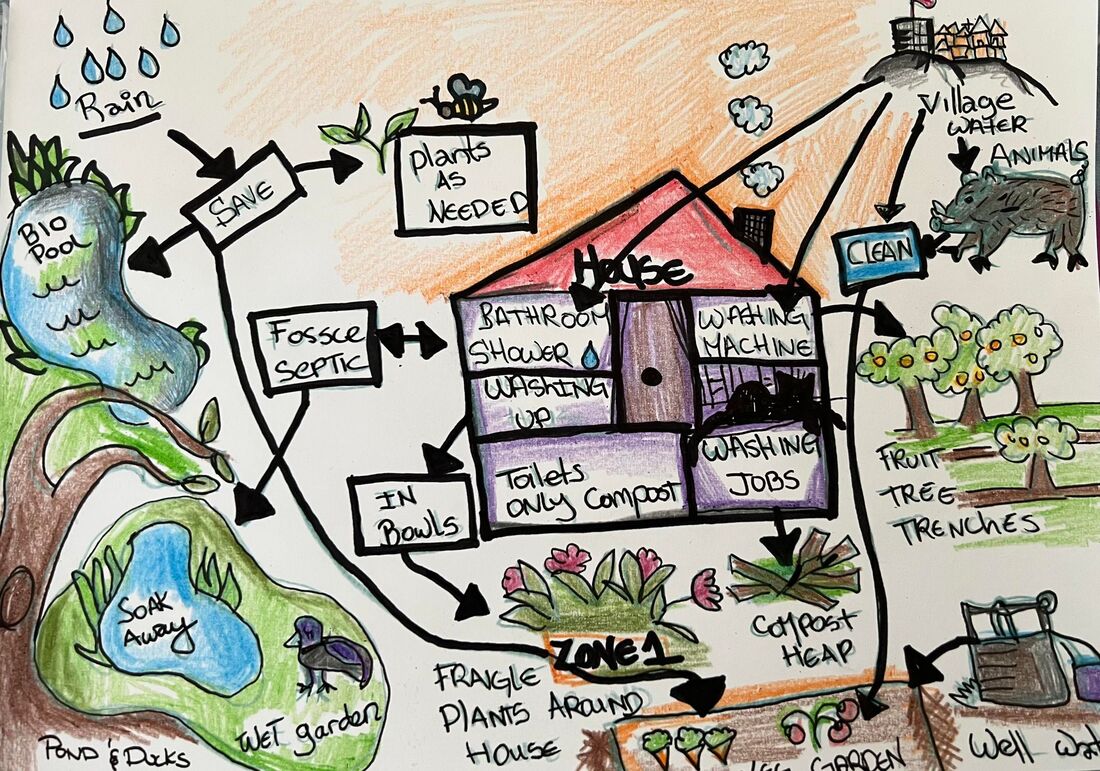WHAT IS PERMACULTURE?
“We only invented the word organic because we made things inorganic.
We only invented the word natural because we made things unnatural.
We only invented the word permaculture because we made agriculture.”
― Khang Kijarro Nguyen
We only invented the word natural because we made things unnatural.
We only invented the word permaculture because we made agriculture.”
― Khang Kijarro Nguyen
Permaculture is a system of agricultural and social design principles centered around simulating or directly utilizing the patterns and features observed in natural ecosystems. The three core tenets of permaculture are:
The design principles, which are the conceptual foundation of permaculture, were derived from the science of systems ecology and study of pre-industrial examples of sustainable land use. Permaculture draws from several disciplines including organic farming, agroforestry, integrated farming, sustainable development, and applied ecology.
- Care for the earth: Provision for all life systems to continue and multiply. This is the first principle, because without a healthy earth, humans cannot flourish.
- Care for the people: Provision for people to access those resources necessary for their existence
- Fair share: By governing our own needs, we can set resources aside to further the above principles. This includes returning waste back into the system to recycle into usefulness. The third ethic is referred to as Fair Share, which reflects that each of us should take no more than what we need before we reinvest the surplus.
The design principles, which are the conceptual foundation of permaculture, were derived from the science of systems ecology and study of pre-industrial examples of sustainable land use. Permaculture draws from several disciplines including organic farming, agroforestry, integrated farming, sustainable development, and applied ecology.
Water is a Precious Resource

Zones
Zones intelligently organize design elements in a human environment based on the frequency of human use and plant or animal needs. Frequently manipulated or harvested elements of the design are located close to the house in zones 1 and 2. Manipulated elements located further away are used less frequently. Zones are numbered from 0 to 5 based on positioning.
People and Permaculture
Permaculture uses observation of nature to create regenerative systems, and the place where this has been most visible has been on the landscape. There has been a growing awareness though that firstly, there is the need to pay more attention to the peoplecare ethic, as it is often the dynamics of people that can interfere with projects, and secondly that the principles of permaculture can be used as effectively to create vibrant, healthy and productive people and communities as they have been in landscapes.
Domesticated Animals
Domesticated animals are often incorporated into site design, ensuring the efficiency and productivity of the system. Animals, domestic or wild are a critical component of any wild or designed sustainable ecosystem. Research indicates that without the animal’s participation and contribution, ecological integrity is diminished or impossible. Some of the activities that contribute to the system include: foraging to cycle nutrients, clear fallen fruit, weed maintenance, spreading seeds, and pest maintenance. The nutrients are cycled by animals, transformed from their less digestible form (such as grass or twigs) into more nutrient-dense manure.
Several animals can be incorporated into a permaculture system, including cows, goats, chickens, geese, turkey, rabbits, and worms. A more specific explanation of how the animals can be used is seen in the chicken design. Chickens can be used to scratch over the soil, thus breaking down the top soil and using the fecal matter as manure creating a sustainable system. However, in the domestication of these animals, the complexity and elegance lie in an effectiveness and efficiency of the design, including factors like timing and habits to specific areas of a farm. For example, animals require daily attention in a way that is much more demanding than plants.
Zones intelligently organize design elements in a human environment based on the frequency of human use and plant or animal needs. Frequently manipulated or harvested elements of the design are located close to the house in zones 1 and 2. Manipulated elements located further away are used less frequently. Zones are numbered from 0 to 5 based on positioning.
- Zone 0
- Zone 1
- Zone 2
- Zone 3
- Zone 4
- Zone 5
People and Permaculture
Permaculture uses observation of nature to create regenerative systems, and the place where this has been most visible has been on the landscape. There has been a growing awareness though that firstly, there is the need to pay more attention to the peoplecare ethic, as it is often the dynamics of people that can interfere with projects, and secondly that the principles of permaculture can be used as effectively to create vibrant, healthy and productive people and communities as they have been in landscapes.
Domesticated Animals
Domesticated animals are often incorporated into site design, ensuring the efficiency and productivity of the system. Animals, domestic or wild are a critical component of any wild or designed sustainable ecosystem. Research indicates that without the animal’s participation and contribution, ecological integrity is diminished or impossible. Some of the activities that contribute to the system include: foraging to cycle nutrients, clear fallen fruit, weed maintenance, spreading seeds, and pest maintenance. The nutrients are cycled by animals, transformed from their less digestible form (such as grass or twigs) into more nutrient-dense manure.
Several animals can be incorporated into a permaculture system, including cows, goats, chickens, geese, turkey, rabbits, and worms. A more specific explanation of how the animals can be used is seen in the chicken design. Chickens can be used to scratch over the soil, thus breaking down the top soil and using the fecal matter as manure creating a sustainable system. However, in the domestication of these animals, the complexity and elegance lie in an effectiveness and efficiency of the design, including factors like timing and habits to specific areas of a farm. For example, animals require daily attention in a way that is much more demanding than plants.
this information has been taken from: https://en.wikipedia.org/wiki/Permaculture


